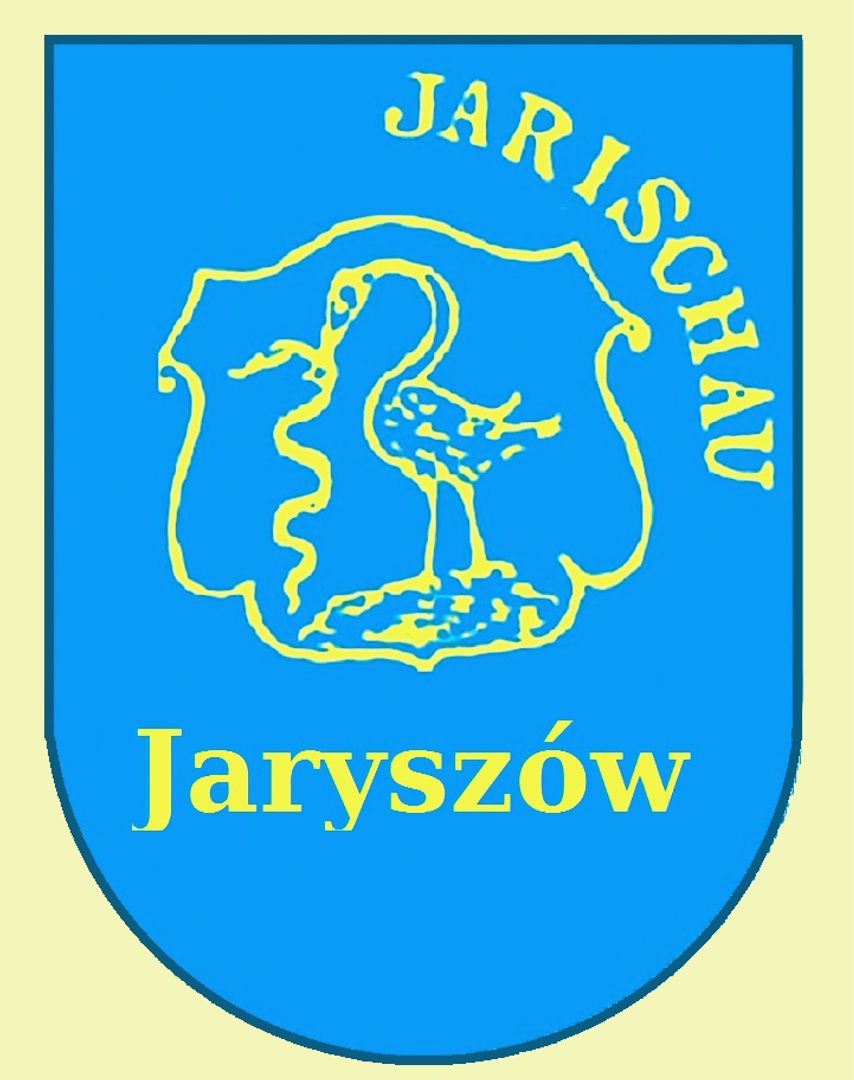Jaryszów
6.67

Overview
Jaryszów, a village in Poland located in the Opole Voivodeship, boasts a rich history dating back to the 13th century. The name of the village likely derives from Jarosław Jarosławic. The first records of the settlement come from 1260, when it was granted to the bishops of Wrocław. Over the centuries, Jaryszów was known for being held by various owners, including knights and bishops. The village has always had an agricultural character. In the 18th century, a forge was built on the Jaryszówka stream, and in the 19th century, a distillery was established. In the 1930s, a Catholic school operated here, and in 1777, the village was struck by a tornado. Jaryszów was the site of many dramatic events, including the Silesian Uprisings; its residents often became entangled in local political conflicts. In 1945, after the end of World War II, Jaryszów was incorporated into Poland, leading to administrative changes—the existing German infrastructure ceased to exist. The parish church of the Assumption of the Blessed Virgin Mary, dating back to the 15th century, is the main historical landmark of Jaryszów. This includes a part of the Altar of the Holy Family from around 1480–1490, which is now housed in the Diocesan Museum in Opole. An interesting fact is the history of the local school, which evolved from a wooden structure to a modern facility supporting education for decades. Today, Jaryszów has around 800 residents and remains a place with strong agricultural and cultural roots.
Location
2025 Wizytor | All Rights Reserved